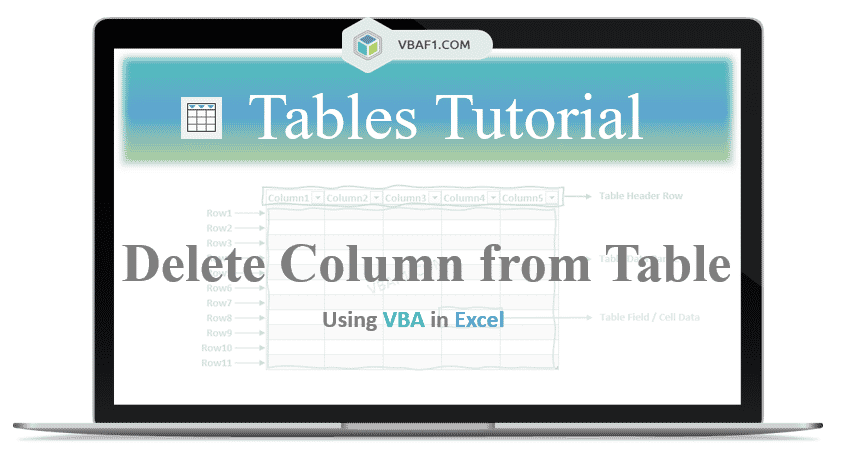Heretical1
New Member
- Joined
- Jun 3, 2020
- Messages
- 5
- Office Version
- 365
- Platform
- Windows
Good Morning amazing people,
I'm hoping I have the title right and am hoping for some assistance as I am a relatively new excel user with a bit of a challenge.
I need a relatively simplified (eg easy to understand) VBA script that will delete all columns in a table that do not contain the headers X,Y,Z etc (I have about 9 column headers that I need to keep in a table)
I have read up on deleting from the right, Select Case, Union and Ranges and my head is still spinning slightly trying to put it all together.
Is there anyone that might be able to provide some assistance with the above, I would be eternally grateful.
I'm hoping I have the title right and am hoping for some assistance as I am a relatively new excel user with a bit of a challenge.
I need a relatively simplified (eg easy to understand) VBA script that will delete all columns in a table that do not contain the headers X,Y,Z etc (I have about 9 column headers that I need to keep in a table)
I have read up on deleting from the right, Select Case, Union and Ranges and my head is still spinning slightly trying to put it all together.
Is there anyone that might be able to provide some assistance with the above, I would be eternally grateful.






